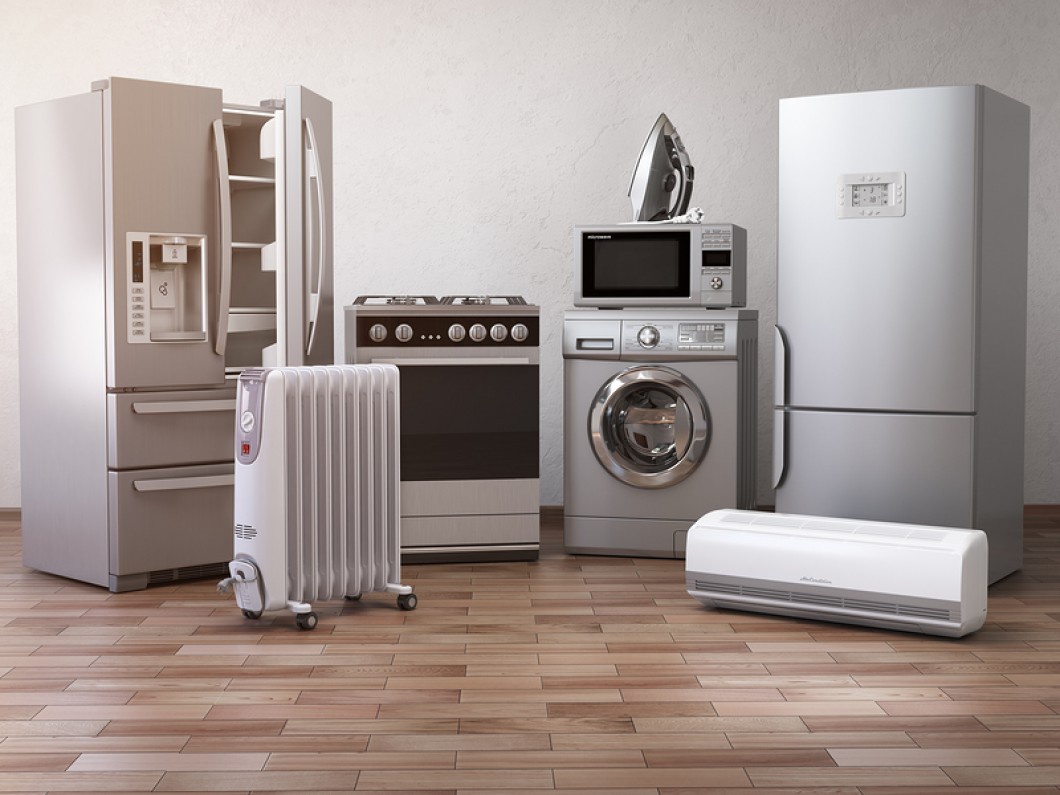Samsung refrigerators are known for their reliability and innovative features. However, like any household appliance, they can occasionally encounter issues. Instead of immediately calling for professional help, you can try resolving common problems on your own. In this step-by-step guide, we will walk you through troubleshooting methods to resolve various Samsung refrigerator issues.
Step 1: Identify the Problem Begin by identifying the specific issue with your Samsung refrigerator. Common problems include cooling issues, unusual noises, water leaks, ice maker malfunctions, and error codes. Understanding the problem will help you target the appropriate troubleshooting steps.
Step 2: Check Power and Connections Ensure that your refrigerator is receiving power. Verify that the power cord is securely plugged into the outlet, and check the circuit breaker or fuse box for any tripped breakers or blown fuses. Faulty power connections can lead to operational problems.
Step 3: Adjust Temperature Settings Verify that the temperature settings for both the fridge and freezer compartments are appropriately adjusted. Refer to the user manual for the recommended temperatures and make adjustments if necessary. Allow some time for the unit to stabilize at the new settings.
Step 4: Clear Air Vents Blocked air vents can disrupt airflow and affect cooling performance. Check for any obstructions around the vents inside the refrigerator and freezer compartments. Remove any items or debris that may be blocking the vents to ensure proper air circulation.
Step 5: Clean Condenser Coils Dusty or dirty condenser coils can reduce cooling efficiency. Locate the coils, typically found at the back or underneath the refrigerator, and carefully clean them using a vacuum cleaner or a soft brush. Regular cleaning of the coils enhances the refrigerator's performance.
Step 6: Inspect and Replace Faulty Seals Damaged or worn-out door seals can cause temperature fluctuations and energy loss. Inspect the seals for any visible cracks, tears, or gaps. If needed, replace the faulty seals to ensure a tight seal and maintain optimal temperature levels.
Step 7: Reset the Ice Maker If the ice maker is not functioning correctly, try resetting it. Locate the reset button or switch, usually found near the ice maker, and follow the manufacturer's instructions to reset it. This can often resolve issues with ice production or dispensing.
Step 8: Defrost the Freezer Excessive frost buildup can hinder proper cooling in the freezer compartment. If you notice a significant amount of frost, manually defrost the freezer following the manufacturer's guidelines. Remove any food items, unplug the refrigerator, and allow the frost to melt completely before restarting the unit.
Step 9: Consult the User Manual and Online Resources Refer to the user manual for specific troubleshooting instructions provided by Samsung. Additionally, visit Samsung's official website or online support forums to access valuable resources such as FAQs, troubleshooting guides, and user forums where you can find answers to common issues.
Step 10: Contact Samsung Support or a Technician If you have exhausted all the troubleshooting steps and the problem persists, it may be necessary to seek professional assistance. Contact Samsung's customer support or schedule a service call with a certified technician who specializes in Samsung appliances. They have the expertise and knowledge to diagnose and resolve complex issues.
Conclusion: By following this step-by-step guide, you can often resolve common Samsung refrigerator issues on your own. Troubleshooting methods such as checking power connections, adjusting temperature settings, clearing vents, and cleaning condenser coils can help restore optimal performance. Remember to consult the user manual, online resources, and seek professional assistance when needed. With a systematic approach, you can troubleshoot and resolve many problems, ensuring your Samsung refrigerator operates efficiently for years to come.


No comments yet